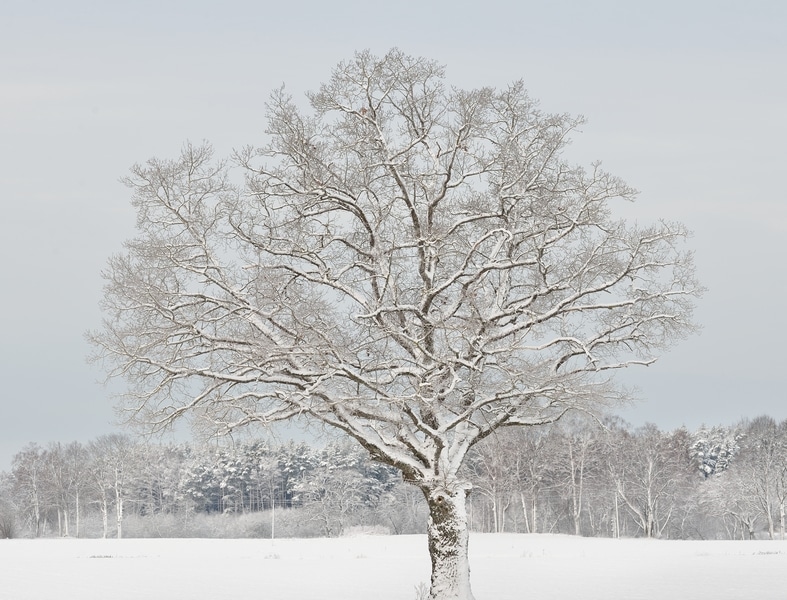Your trees give you bountiful shade all spring and summer. So, it is your duty to help them withstand the harsh winter weather. As the leaves begin to shed their green color and eventually shed, you must start preparing your trees for the oncoming winter months. Young and subtropical trees need particular attention as they are more sensitive to hard freeze and can suffer serious winter injury or even death. Some of the common types of winter injuries include:
- Frost heaving-the upward or outward movement of the ground surface caused by formation of ice in soil
- Sun scald- freezing of bark due to high temperatures in the winter season, which results in permanent visible damage to the bark
- Dieback-tree begins to die from the tip of its leaves or roots backwards
- Desiccation and browning of green leaves
- Root injury
Here is what you can do to prevent winter damage to trees
Cleanup and prune
Start with cleaning up your yard and remove all dead or fallen branches or plants from the property. Another important part of the cleanup process is pruning. Remove all dead or dying branches of the trees as it strengthens the tree. Moreover, it protects the property because heavy snow or winds can cause dying and overhanging branches to fall and damage your property or injury someone. So, you must prune the trees before the winter arrives.
Harden the trees for winter
Experts recommend that one must stop watering the tress in late summer through early fall as it forces them to harden off. Then, during mid-fall and winter, you can continue watering the trees. Give them just enough water to keep the roots moist. Do not make it wet. Once the plants are hardened for winter, regular watering prevents loss of water through leaves.
Mulching
During winters, repeated freezing and thawing cycles can cause soil to repeatedly expand and contract. This can damage roots of the trees. The best way to maintain a constant soil temperature and to reduce moisture loss is to ad 3-4 inches of mulch around the base of the tree during late fall or early winter. When doing so, make sure you leave some space around the trunk to allow the base to breathe. In places where the ground remains frozen during winters, it is better to mulch only when the ground has frozen. You can also recycle leaves. Rather than disposing them off, you can lay them around the base as mulch or use a mulch mower to blend it into the yard. This will add nutrients back to the soil.
Wrap the trunk
Fluctuating winter temperatures can cause sunscald. Warmer temperatures during winters can cause trunk cells to become active, but when the temperatures fall again, these active cells are killed. This causes an injury, which results in scarring. To prevent this, you must wrap trunks of your tress with a commercial tree wrap or a light-colored fabric before the onset of winters. Start wrapping upward from the base, overlapping layers in a way that provides complete coverage. This will also prevent critters from snacking on your tree. For even better protection against hungry pests, you may wrap a quarter inch mesh wire around the base of the tree. This will keep the pests from burrowing around your tree. You can remove this paper once the winter is over.
These are some of preventive tasks that will protect your trees from winter damage. For any help with tree trimming or tree removal, it is best to call the professionals.

